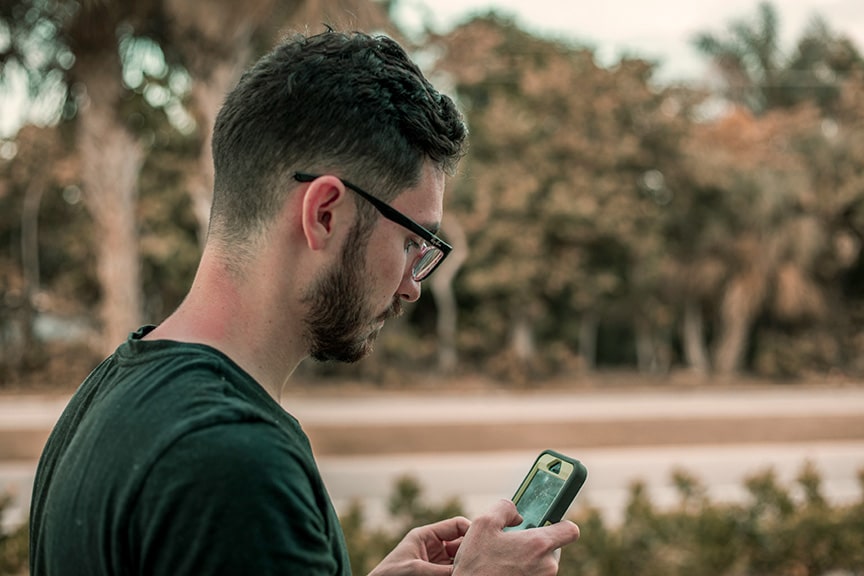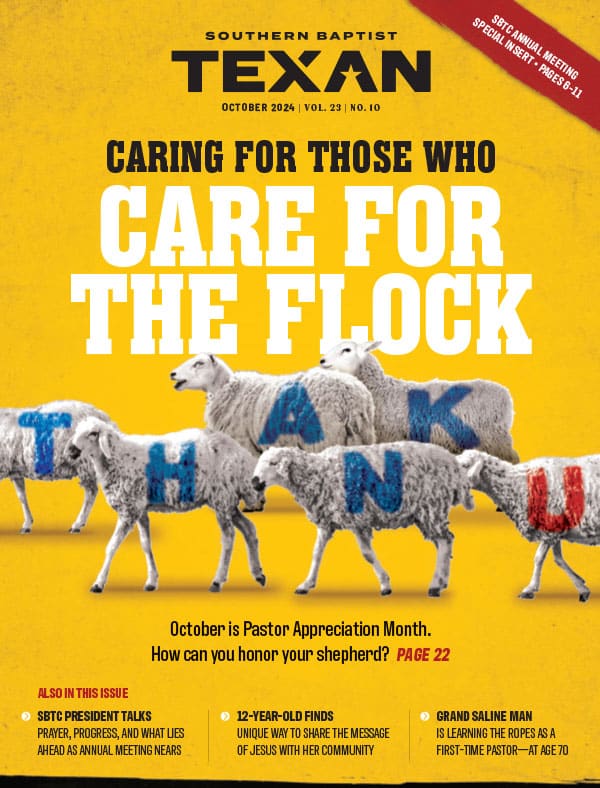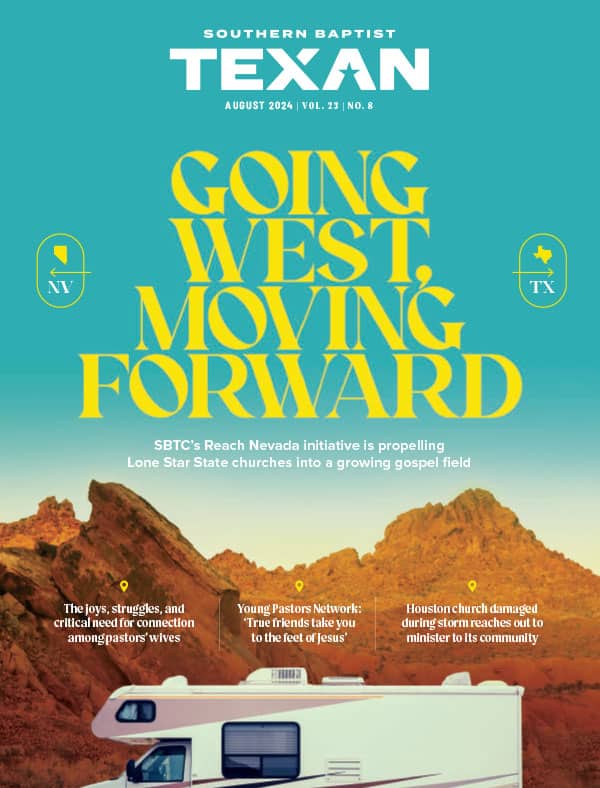| In 2005, I started a series of columns called “Captive Thoughts” intending to address how Christians might think about every endeavor of mankind as being subject to the lordship of Christ. After nearly a year’s pause, that series continues with this issue. The interview on page 5 is a new part of the series that gives those actually working in a field a chance to tell their own views of the work God has given them to do.
“Man by the Fall fell at the same time from his state of innocence and from his dominion over nature. Both of these losses, however, can even in this life be in some part repaired; the former by religion and faith, the latter by the arts and sciences.” –Francis Bacon It’s intriguing to think our dominion over the earth can be somewhat restored even as our spiritual being is built up for Heaven. The applied imagination of men, redeemed in Christ, can grant us little tastes of what we lost in Eden. By the sciences we can continue the ordering of nature and by the arts we can comprehend truth that has been clouded by our alienation from God and his creation. But the two things, art and science, are not in discrete realms. Some things are beautiful by their usefulness. A rich piece of bottom land sprinkled with fat Herefords is lovely for all kinds of practical reasons. A Boeing 707 with no bright colors or flourishes still represents efficiency, longevity, and flexibility. It is a beautiful airplane because it works very well as an airplane. Those examples make sense to a pilot or farmer but we don’t often think of beautiful things as being useful for their very beauty. In fact, some important messages have more impact when packaged in a less propositional and direct manner. When your heart rises into your throat during the Hallelujah Chorus, you are responding to a variety of senses that come together to move you, to lift your spirit. Is that useful? Is that a glimpse of something we were created to know? I think so. An artist can convey meaning by whatever medium he uses. It’s more than just painting or photographing an interesting thing. The choice of the subject, its context, the colors you use or enhance, all these decisions have more than merely intuitive importance in the effort to communicate significance. We mostly don’t believe it’s significant, though. Within the church our tolerance of artistic expression is limited to things that accomplish something. Music, good or not, is OK so long as it’s intended to deepen our emotions toward God. The architecture of our buildings … well, never mind about Baptist church architecture. A warehouse with a fan-shaped auditorium is the shortest distance between two points, after all. We don’t have any idea what to do with visual arts. Maybe there’s a mural in the nursery or a couple of Thomas Kinkades in the library but it’s mostly to keep the beige walls from looking so bare. I say this with all affection. Every church our family has joined has been similar in its approach to art. We are just a pragmatic, post-Reformation, missionary people. Art is for cathedrals. Our pragmatism is based on the Great Commission. The more money we spend on pretty doo dads, the less we have for world evangelism. Even the professional artists I interviewed in this issue expressed a tension between the importance of art and the importance of missions when the church sets funding priorities. But boy, aren’t those cathedrals a sight? Do people come to the U.S. to tour evangelical churches the way we go to Europe to tour cathedrals? Maybe this shouldn’t be our goal but I must say my heart soared as I went through Russian Orthodox cathedrals and saw the murals covering the walls and ceilings. The skill, the thought, the commitment that artists unknown to me left for the ages seemed valuable to me. The story these paintings told easily crossed the language barrier in our group of Germans, Spaniards, Hillbillies, and Hoosiers. I think it’s worthwhile for us to look at and know a little about art. In fact, I’m convinced that somewhere between the functional, sparsely adorned Baptist church and the ornate Orthodox cathedral is a place where our work of creativity and our work of missions might both be appropriately honored. It’s a place worth finding. Back to knowing a little about art. I know I’m losing you as you imagine I’m going to suggest art appreciation classes or visiting froo-froo art galleries. Relax, I’m a guy too and I understand. We’ve got to admit that many of our choices fro reading, music, movies, and pictures for our walls are made out of thoughtlessness or laziness. Do we read things because they’re good, or because they’re easy and trendy? Do we go to movies that lift our minds and hearts or ones where we like the actors and the chase scenes? Dan Addington is right, (interview on page 5) this kind of thing is OK in small doses but it lacks a certain nourishing quality. The first, hard step is beginning to associate with something more challenging. In Fort Worth, we have the Amon Carter museum. It’s a manly place full of Remington and Russell paintings of the American West. Spend some time at a place like that. Look at the differences between the two painters, even between one of their paintings and another. Why this color, why this light, why is this picture more photo-like and that one more dreamy? Spend a little while in there and you will no longer think of the paintings as merely an effort to record the bald facts of the scene. You begin to see meaning and emphasis in the choices the painter made, what he left out, how he treated the things included. That’s art. It conveys a feeling about something that we might recognize from something real or imagined in our own life. Maybe we can think of it another way. I’ve never seen Heaven or Hell. I think they peek from behind so much we see every day. We can’t see them by looking for them square on. I sometimes have seen both places (not at the same time) out of the corner of my eye when reading something masterful or listening to the music of a true artist. Hell is jolting like a shot of adrenaline. Heaven is achingly wondrous, though no less shocking. The one repels us, scars us almost, and the other wounds in a different way so that we search for another glimpse of it for the rest of our days. No this isn’t an original thought but it does work that way. Some writers and musicians show me, even years after their deaths, a bit of what God put in their minds and hearts. Such things can make us hunger and thirst for righteousness either by the horrible awareness of our need or the occasional thought that our comfort is close by. Seeing God’s truth in art begins by looking in the right places—places where skilled people spend hours and days trying to show us what they have seen in their hearts. It doesn’t come easy for those who do it right and it shouldn’t come easy to us as go looking for wonderful things there. The sweetness of discovering something important and true is a godly gift. It is a taste of the joy that is ours for eternity, beginning now. We find it in surprising places, surprising to us, I mean. But God put it there on purpose. He put it there for Adam and Eve to enjoy and for their children to discover. The little bits we discern are always a surprise to us but not to God. He put them there by design. He has also given humanity those who provide a medium through which we can find it more often. They share in God’s creative work. We can share in theirs, and his, by turning a discerning and intent gaze toward the arts. |














